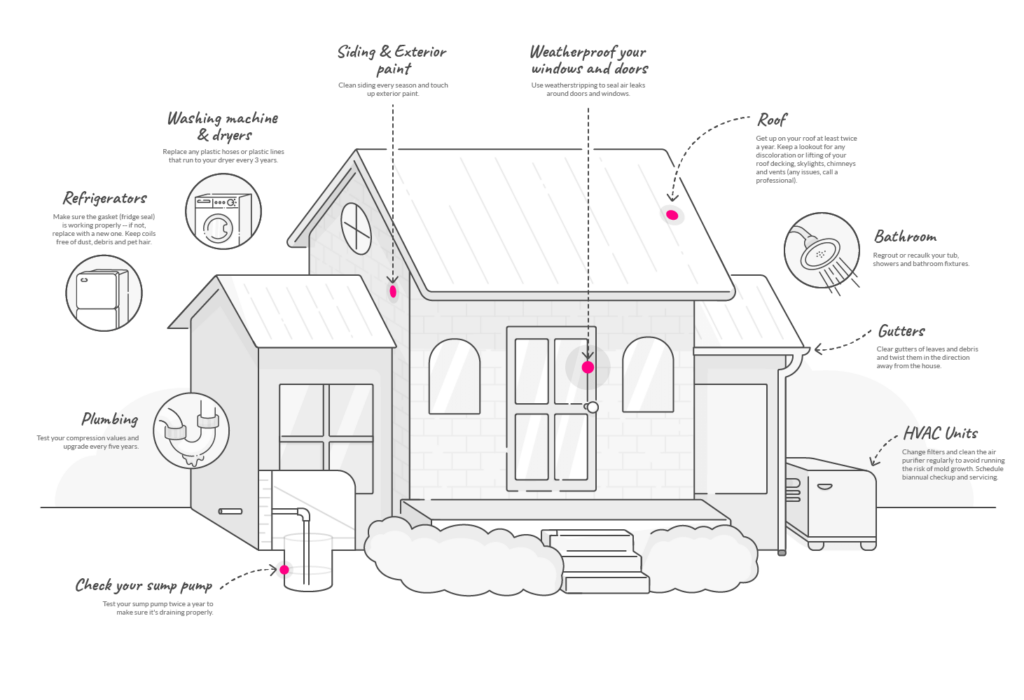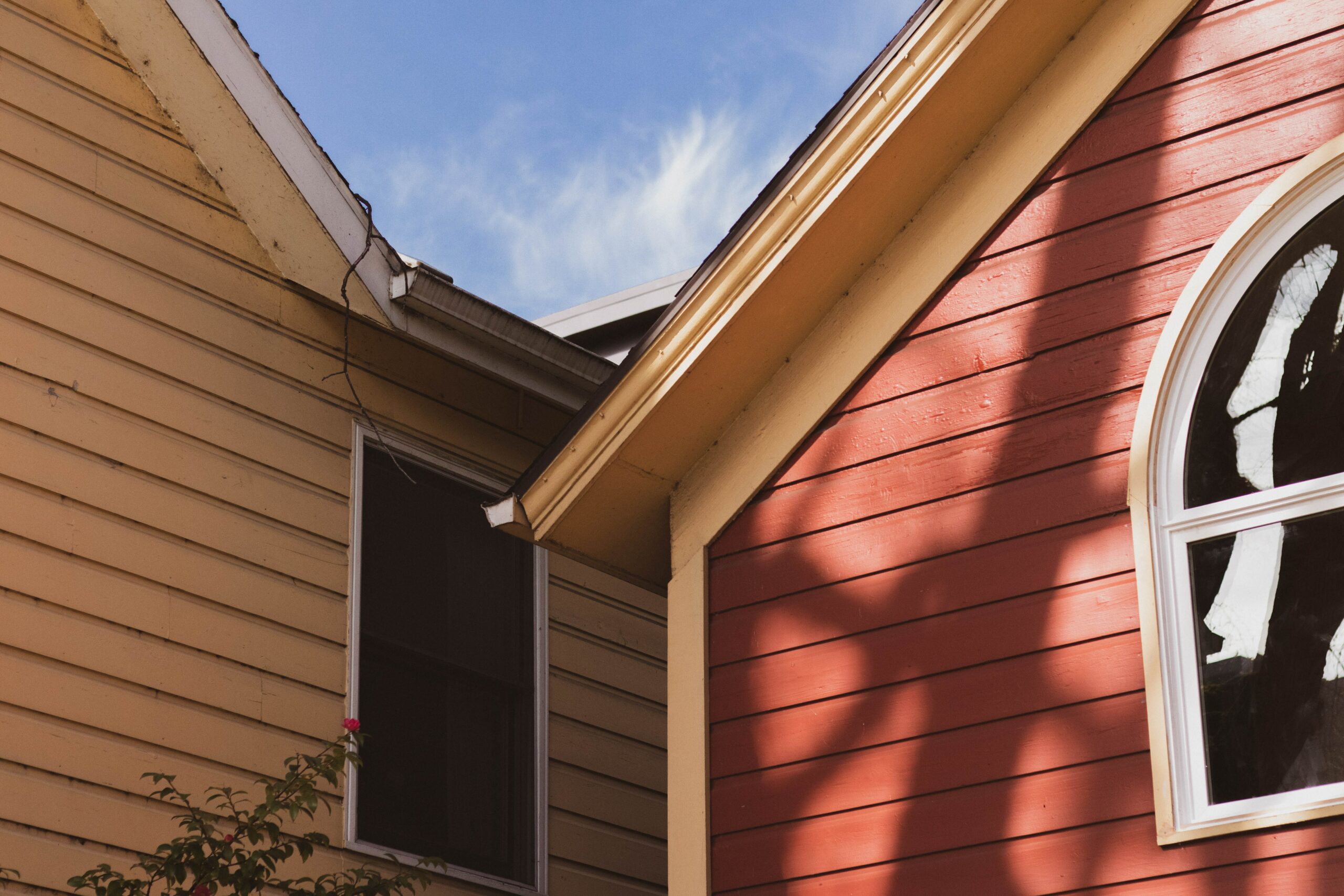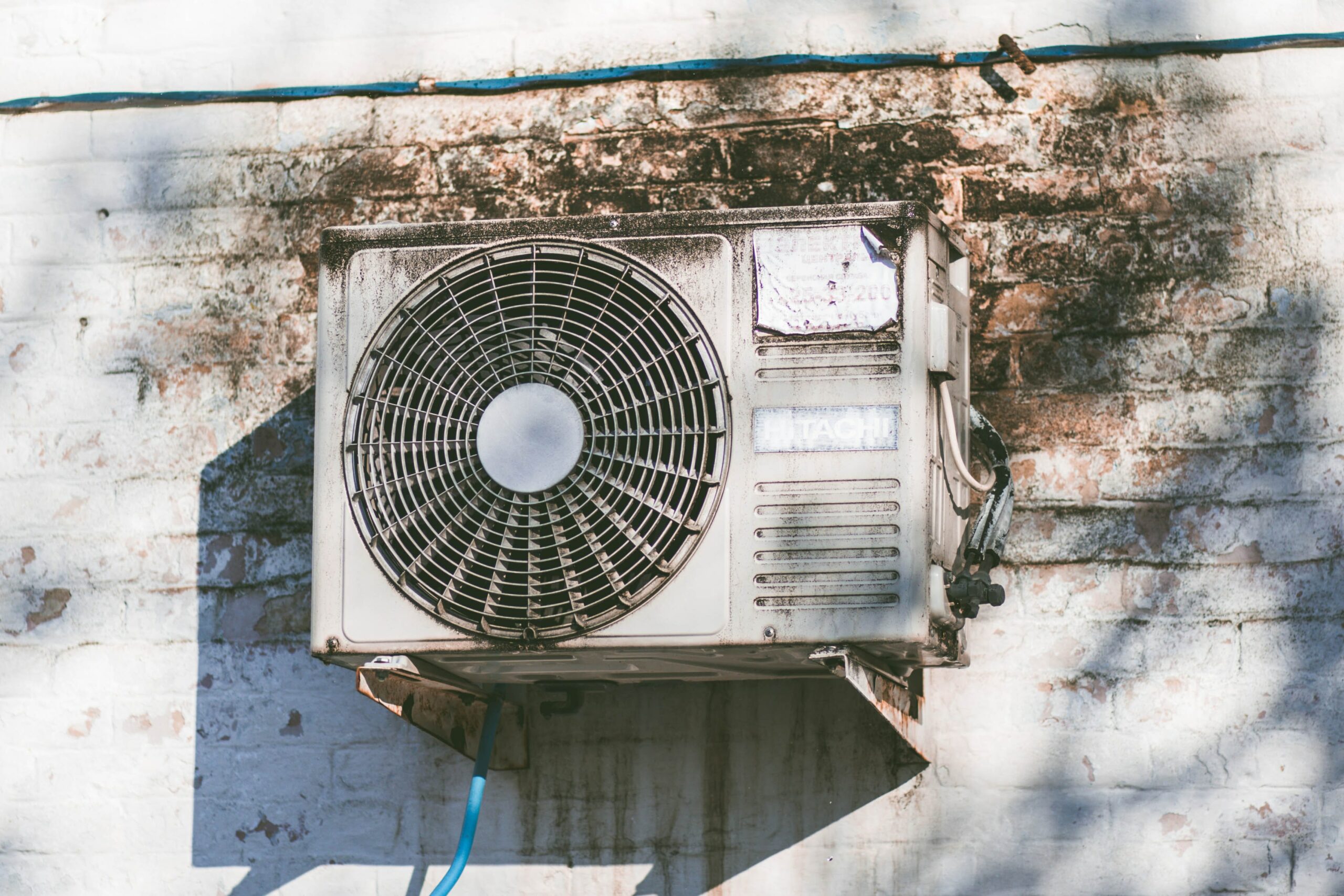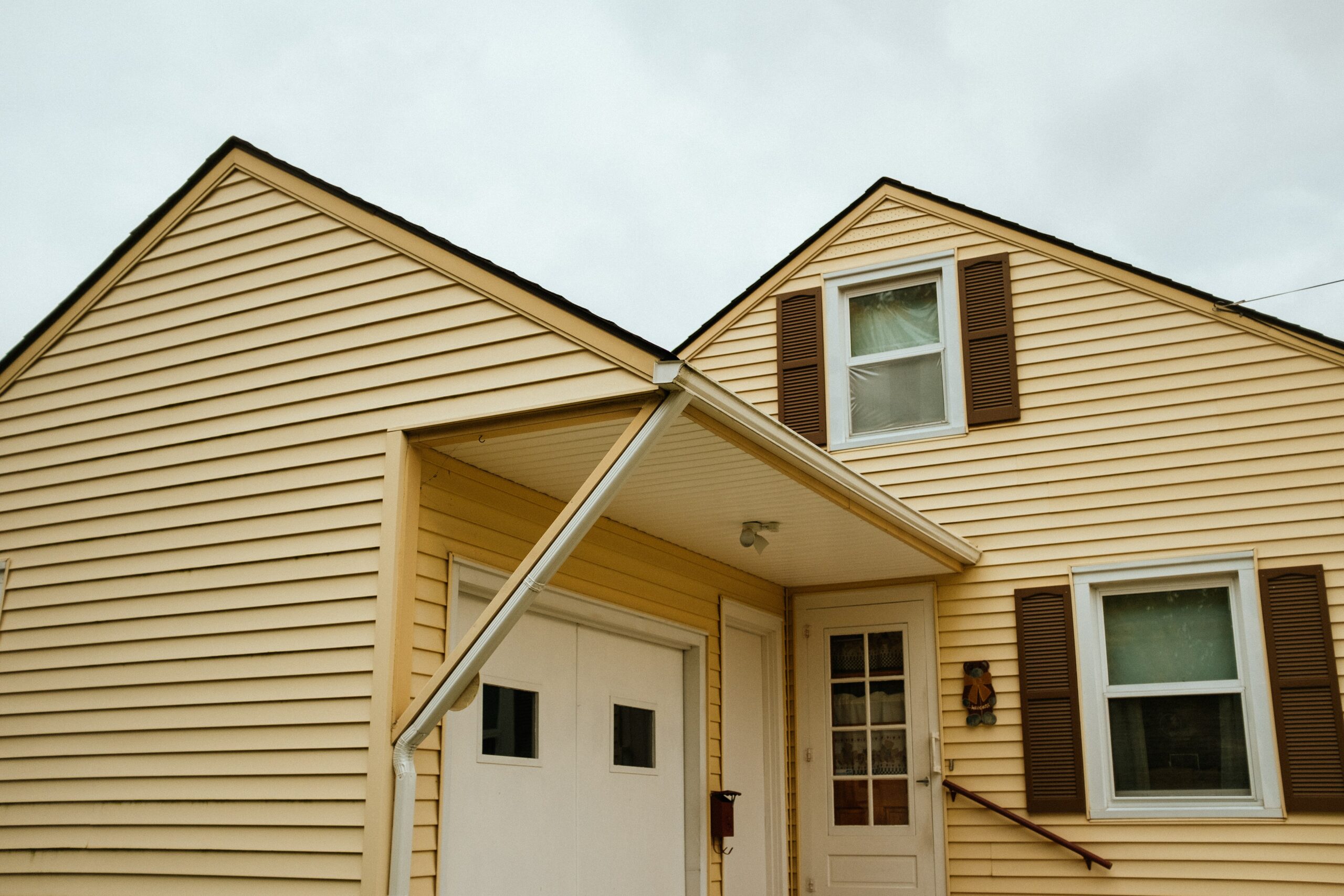Your Complete Home Maintenance Checklist
Follow these tips to keep your place at its best, from the top of your roof to the floor of your basement.

Follow these tips to keep your place at its best, from the top of your roof to the floor of your basement.

Keeping your home in tip-top shape requires regular upkeep. But investing in prevention and home maintenance could save you tens of thousands of dollars in the long run, not to mention a lot of aggravation. Where to start, though? And what are the potential trouble spots to have in mind?

For starters, it’s important to know that how well you maintain your home can influence whether you’re able to secure or keep insurance coverage. Insurers may not be able to provide coverage if your home has unrepaired damage, including:
Without further ado, let’s dive into our no-nonsense home-maintenance guide—it’ll help you keep everything in working order for years to come, from the top of your roof down to your basement.
And if you’re looking for a speedier way to stay on top of things, download our home maintenance checklist. It’s the perfect tool for keeping track of all the essentials at a glance!
The roof is the part of your house that’s most vulnerable to bad weather. Besides threatening the integrity of your home, unsightly roof damage can easily be spotted from ground level. Yikes. For better or worse, your roof is a big part of the first impression your home makes on the outside world.
Keep your eyes peeled for missing shingles, areas that look discolored, and any damage to your ventilation ducts (curved pipes that allow air to pass into your home through the attic). A quick inventory of your roof’s health is especially important after a hail or wind event.
For a more thorough inspection, get out a ladder and (carefully!) give your roof a look on a regular basis. Clear away any debris you find.
Get up there at least twice a year, and most certainly after a big storm. Keep an eye out for any discoloration or lifting of your roof decking (the foundation of your roof).
Pay extra attention to signs of wear and tear around skylights, chimneys, and vents, as these spots are the most prone to leaks. Check for signs of any silicone that might have been used as a temporary fix by a previous owner, so a professional can provide a more permanent solution. Do you spot water stains forming on the inside of your home? That might suggest a leaky roof.
Scared of heights? We don’t blame you. Hire a professional to inspect your roof for between $120 and $300. “A good rule of thumb is that if you think you might have damage, have it professionally inspected by a roofer,” advises Michael Marvin of Striker Roofing and Construction. “They’ll give you a written report as well as photo documentation of your roof.”
Cleaning your roof, and being on top of damage, is critical to preventing problems and keeping your roof in watertight condition. This is especially important since a lot of roof issues aren’t covered by homeowners insurance. Roof leaks are generally covered when they’re caused by sudden, accidental events, like a fallen tree, or a windstorm. But if you’ve got a leak because of age, or wear and tear—you won’t be covered.
By the time it’s around 20 years old, your roof will be more vulnerable to damage. If you don’t replace an old roof, you’ll have difficulty securing coverage or getting your current policy renewed.

Gutters are the main line of defense to protect your property’s foundation and siding from the elements. If you don’t clean your downspouts and gutters, water can form around the foundation of your home, leading to cracks, or in some extreme cases, the structural failure of your home.
“With full or damaged gutters comes water pouring down your exterior walls, and possibly infiltrating the interior of your home”, says Sharbel Tanory from Modification Roofing.
Depending on the climate, multiple freezes and thaws can result in sags and dips to your gutters. Most gutters are made of aluminium, and can last you about 20 years. With proper care, your gutters can last even longer.
To keep water away from the foundation of your home, you’ll need to get down and dirty with a bucket, gloves, a ladder, and a hand shovel.
Want to up your gutter-cleaning game? Invest in an inexpensive gutter scooper, specifically designed to clear out debris from gutters. And if you’re in the market for some other nifty gutter-cleaning tools, here are a few more suggestions.
Remove debris with your tool of choice, and keep on the lookout for leaks in your gutters. If you notice that your gutters have gotten out of whack over time, twist them in the direction away from the foundation of the house to best protect the foundation of your home.
If all that sounds exhausting, or you’d rather avoid being up on a ladder—you can always hire a professional to clean your gutters for between $70 and $225.
Want make sure your gutters are doing their job? Get an annual inspection, says Sharbel Tanory.
If something goes wrong with your sink, toilet, bathtub, or pipes, you’re likely going to need a plumber—and their services aren’t cheap. Before you end up with an expensive mess on your hands, it’s good to follow some best practices.
When it comes to plumbing, keep these three simple rules in mind from Alex Karnauch, the owner of Your Home Expert.
1. Don’t pour fats and oils down your drain; they accumulate, harden, and clog your pipes.
2. Don’t pour clog remover products down your drain, either. They contain acid and can damage your pipes and lead to extensive damage and expensive repairs in the long run.
3. If your kitchen sink is clogged, try and use a plunger before reaching for the drain snake. Still clogged? Call a professional.
It’s also good to keep an eye on compression valves. These valves connect pipes to a fixture (like a faucet, shower head, or toilet), and they’re not designed to last for much longer than 5 years. They usually start to leak due to simple wear and tear over time.
“You can actually pass your hands on the valves and see if there is any water dripping or not” says Alex. “If it’s dry, you have no leak, if you feel one of the valves wet or dripping you’ll need to replace it”.
A washing machine that leaks can lead to major water damage in your home. To avoid leaks, replace any plastic hoses or plastic lines that run to your machine every 3 years. If you have metal hoses, check them regularly for any rust or discoloration.
Dryers cause 3,000 house fires annually in the U.S., mostly caused by lint catching ablaze. If you want to extend the lifespan of your dryer and prevent potential fires, clean the lint screen between every cycle, and rinse the filter with warm water every three months.
By the way, if you have Equipment Breakdown Coverage—an add-on to complement your homeowners insurance—you might be covered if your washing machine or dryer breaks down suddenly.
Water intrusion (aka, water getting where it shouldn’t) is a leading cause of home damage, Erica Edmonds, owner and contractor at KB Stewart Construction, tells Lemonade.
Every year or two, inspect any sealants around sinks, toilets, bathtubs, and the like. Sealants, like grout or caulk, will show signs of wear and tear over time. If you notice any peeling or mildew, it’s time for a touch up. Caulking should be redone about every 5 years. You can DIY, but if you’d rather not get your hands dirty, hire a professional, it will cost you somewhere around $400.
”Preventative maintenance is safer and easier than dealing with an emergency clean-up, or the aftermath from a long term leak,” says Edmonds. “When something does go wrong, owners should seek professional help sooner than later.”

HVAC stands for heating, ventilation, and air conditioning. We often only think about our HVAC systems when they stop working properly (especially in the middle of a heat wave or polar vortex).
We forget that they don’t just control temperature, but also play an important role in the quality of the air we breathe, our health, and how much money we spend in order to stay comfortable.
Treat these systems like your car—a little bit of regular maintenance goes a long way to keep things running smoothly.
“The simplest and most cost efficient thing you can do is replace your filters monthly to improve your air quality and prolong the life of your HVAC,” suggests Hamlet Ghazanian of DBA RestoKleen Restoration Services.
Change those filters and clean the air purifier every three to six months to avoid the risk of dangerous mold growing in your home. You can easily do this yourself.
Air conditioning systems are notorious for being one of the most expensive things to replace, easily costing over $2,000. Maintaining your HVAC unit regularly is one way to avoid getting slammed with major expenses down the line.
Regularly inspect your condensation hose to ensure water flows freely, and change the air filters every 45-90 days.
The elastic strip around your refrigerator and freezer door—the gasket—seals in the cold air, so your food stays fresh. A seal that doesn’t close tightly will prevent the unit from maintaining the right temperatures, and raise your electricity bill as your fridge works harder to stay cold. If your gasket isn’t working properly, give it a wash with dishwashing liquid, and then towel dry.
If it’s still not working, replace it with a new one for around $50 (just make sure you buy one that fits your fridge’s particular make and model). Installing a new gasket can take as little as 15 minutes, and honestly looks kind of oddly satisfying.
Don’t ignore the refrigerator coils at the back of the fridge (you can’t always see them, and you might have to pull the unit away from the wall). Regularly vacuum that area to keep it free of dust, debris, and pet hair. For those keeping score at home, your homeowners insurance will cover your household appliances if there’s damage caused to them during a fire or windstorm, but if there’s a general electrical malfunction, you won’t be covered unless you’ve purchased some add-on Equipment Breakdown Coverage (EBC) or home repair insurance. Home repair insurance can cost around $600 per year while EBC costs $36 per year on top of your home insurance base policy.

Your siding is the protective material attached to the exterior of your home; it’s also sometimes known as wall cladding. In order to keep your vinyl siding fresh and functional, make a point to clean it every season.
To clean your siding, apply dishwashing soap, vinegar, or a commercial siding cleaner with a microfiber cloth or soft-bristled brush, followed by a gentle rinse with your hose. Avoid high water pressure when cleaning, as this can cause damage and reduce the lifespan of your siding.
You can also hire a professional to thoroughly and carefully clean your home’s siding for around $400.
When bad weather arrives, your windows and doors are your first line of defense against the elements.
Use weatherstripping foam, felt, vinyl, or tape to seal air leaks around doors and windows. For any cracks and gaps, caulk can be used to seal joints and seams— this will prevent water leaks and draftines.
If you choose to hire a professional it will cost you around $10 to weatherstrip each window.
Weatherstripping is a great way to winterize your home and conserve energy by preventing heated air from escaping and cold air from entering your home—or vice versa. Keep in mind that the weatherstripping you choose should seal well when the door or window is closed, but still won’t compromise your door or windows’ ability to be opened and closed with ease.
A sump pump removes water that would otherwise flood into your basement. You want to make sure it’s draining properly, so you should test your sump pump twice a year.
Here’s your four-step guide to a happy sump pump:
If you’re feeling nervous about a sump pump failure, install a battery-powered back-up pump to safeguard your home against damage. If extreme weather conditions are on the horizon, it’s especially important to check that your sump pump is in tip-top shape, so you aren’t surprised by sudden flooding… If you’re not sure—call a plumber just to be safe.
Keeping up with these home maintenance tasks might sound like a full-time job, but with seasonal, annual, or biennial inspections, you can give your home the TLC it needs without getting overwhelmed.
Plus, once you get a sense of how the different parts of your home function at their best, you can better identify issues when they arise. The care and keeping of your abode is one of the joys of homeownership. And think about your wallet: It’s a heck of a lot cheaper to prevent problems than it is to fix them once they’ve caused damage.
In addition to regularly checking in on the state of your home, you might also want to take an occasional look at your homeowners insurance policy. Over time, your coverage needs might change, so it pays to make sure you’re getting the coverage you really need and make changes if needed.
Also, if you’re looking to switch your homeowners insurance, go ahead and apply with Lemonade, and get the coverage you need, fast.
Please note: Lemonade articles and other editorial content are meant for educational purposes only, and should not be relied upon instead of professional legal, insurance or financial advice. The content of these educational articles does not alter the terms, conditions, exclusions, or limitations of policies issued by Lemonade, which differ according to your state of residence. While we regularly review previously published content to ensure it is accurate and up-to-date, there may be instances in which legal conditions or policy details have changed since publication. Any hypothetical examples used in Lemonade editorial content are purely expositional. Hypothetical examples do not alter or bind Lemonade to any application of your insurance policy to the particular facts and circumstances of any actual claim.